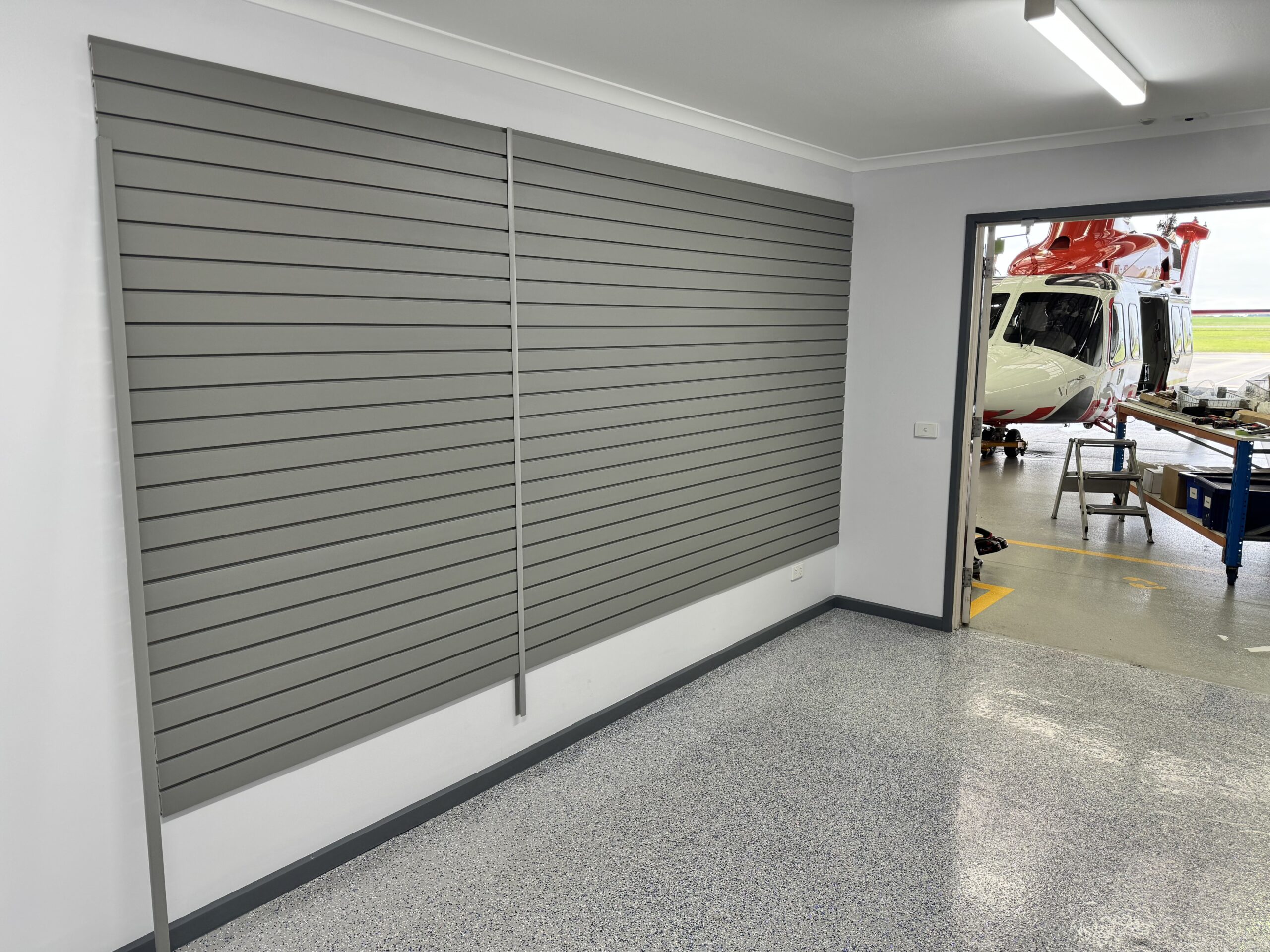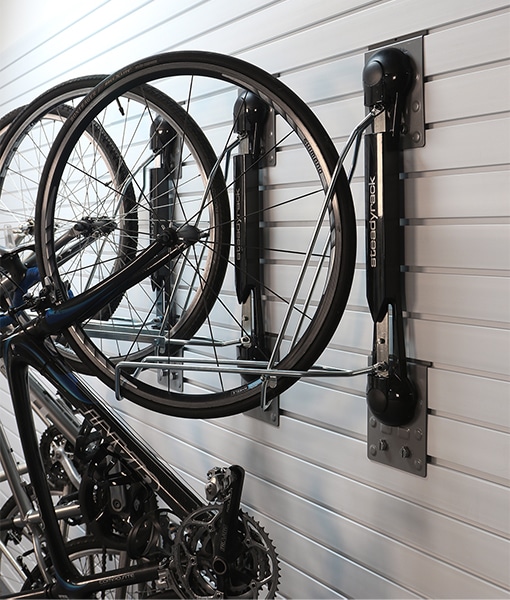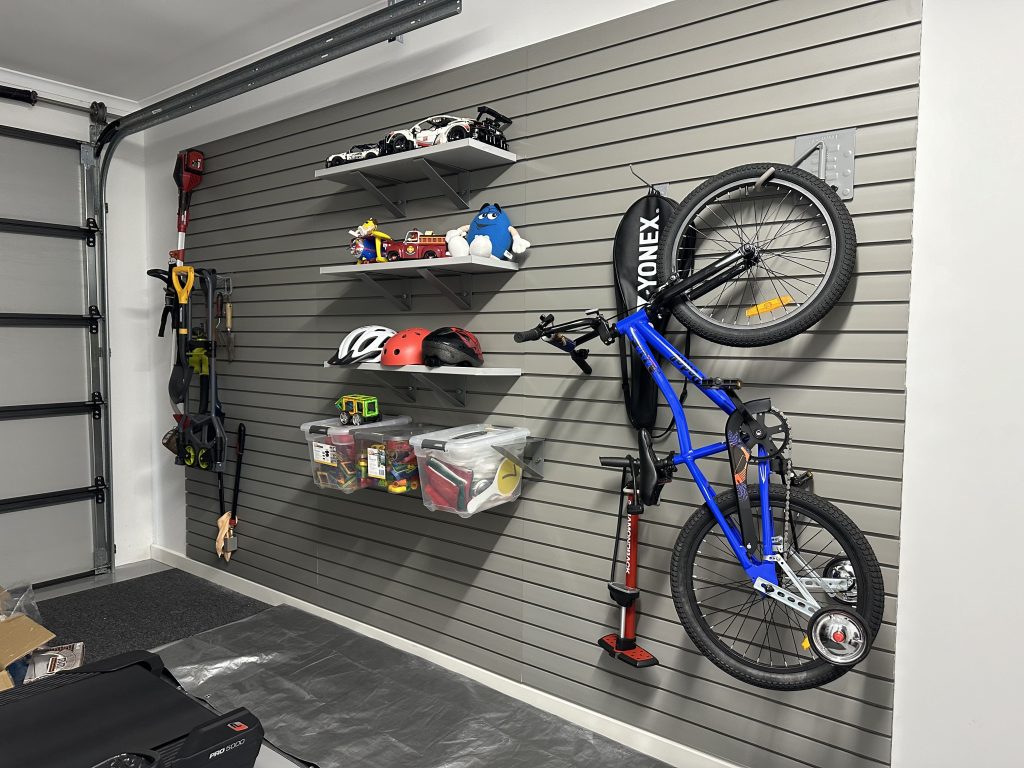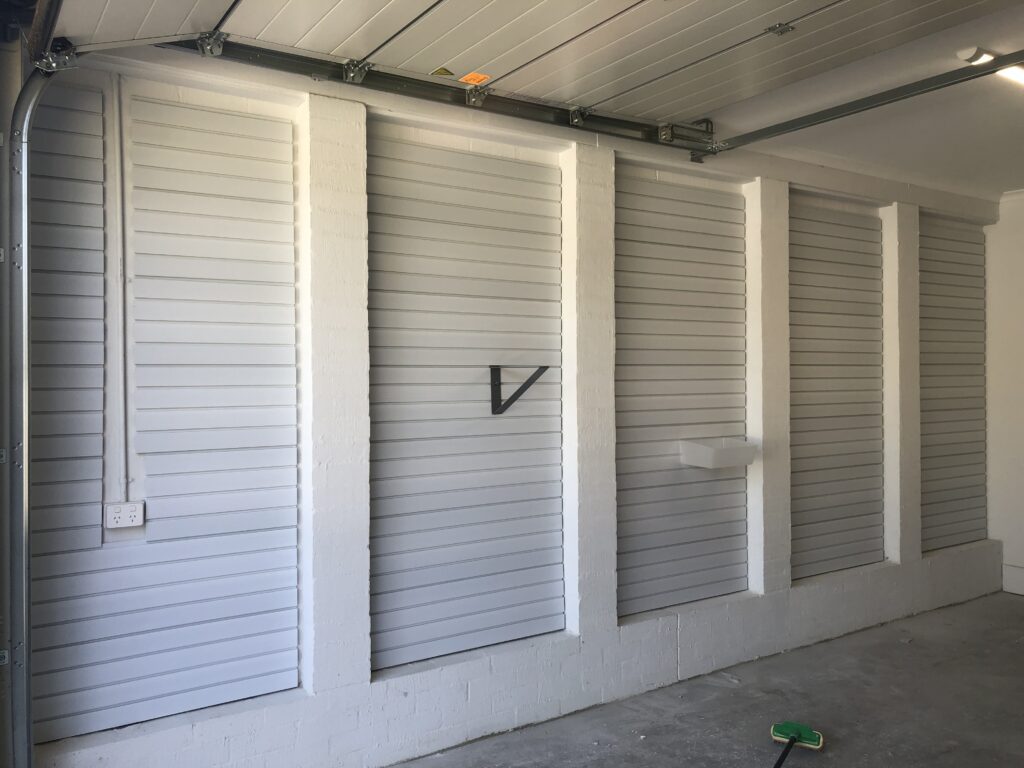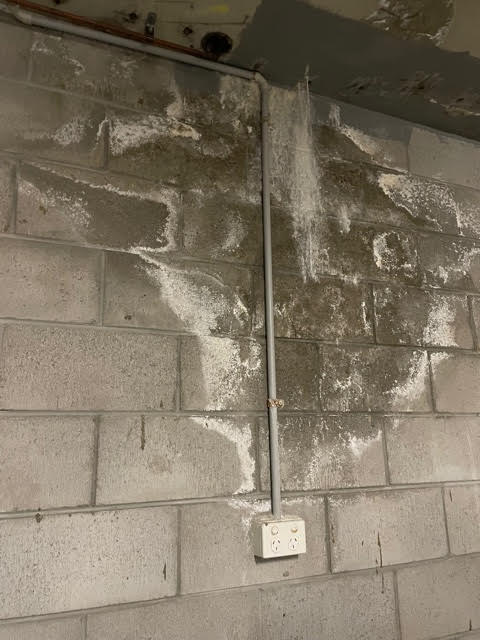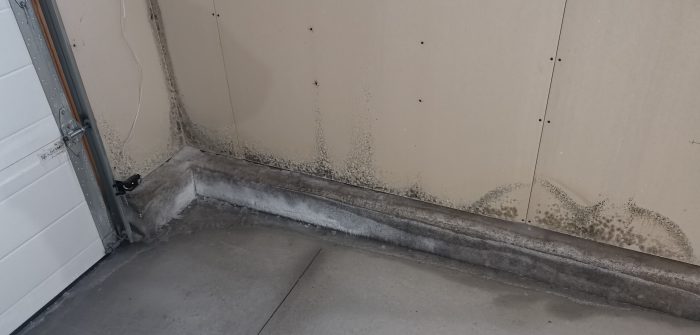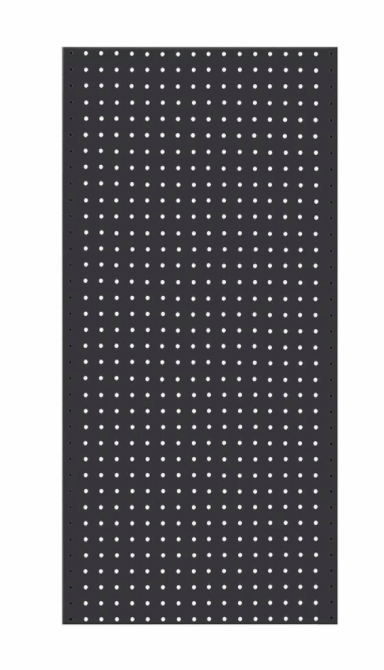
When it comes to organizing your workspace, garage, or retail display, pegboards seem like a simple and cost-effective solution. However, many people fall into the trap of buying cheap pegboards only to regret their decision later. While the initial cost may be low, poor-quality pegboards often lead to frustration, frequent replacements, and unexpected expenses. In this article, we’ll explore the key reasons why cheap pegboards are not worth buying and why investing in a durable storage system like StoreWALL is a smarter choice.

Weak Materials and Poor Durability
Cheap pegboards are often made from low-quality particleboard, thin MDF, or flimsy plastic, which can’t withstand heavy use. Over time, these materials tend to:
- Warp or sag, especially in humid environments like garages or basements.
- Crack under weight, leading to damaged tools or accessories.
- Lose grip strength, causing hooks and attachments to fall out unexpectedly.
A weak pegboard doesn’t just reduce its usefulness—it also creates safety hazards as heavy tools or equipment may fall unexpectedly.
Limited Weight Capacity
One of the biggest drawbacks of cheap pegboards is their low weight-bearing capacity. Many budget-friendly pegboards can only support lightweight items, making them unsuitable for storing tools, sports gear, or other heavy objects. If you attempt to hang heavier items:
- The pegboard may buckle or tear over time.
- Hooks may pull out of the board, dropping items onto the floor.
- The entire board may detach from the wall, especially if not properly installed.
For anyone needing a reliable and sturdy storage solution, investing in a heavy-duty wall panel system like StoreWALL is a far better option.
Hooks and Accessories Fall Out Easily
A common complaint with cheap pegboards is that hooks and accessories don’t stay in place. Since budget pegboards often feature poorly cut holes or low-quality finishes, hooks tend to:
- Wobble and shift, making it hard to keep items securely in place.
- Fall out when retrieving items, leading to constant frustration.
- Require additional clips or adhesives, which add unnecessary costs and hassle.
StoreWALL, on the other hand, features a secure locking system that ensures hooks and accessories stay in place, eliminating these issues.
Susceptibility to Moisture and Damage
Many cheap pegboards are made from particleboard or MDF, materials that are highly sensitive to moisture. This makes them unsuitable for environments like:
- Garages – where humidity and temperature changes are common.
- Basements – where moisture exposure can cause swelling and warping.
- Workshops – where dust, spills, and rough handling can degrade the board quickly.
StoreWALL panels, in contrast, are made from waterproof and impact-resistant materials, making them ideal for long-term use in various environments.

Poor Aesthetic and Long-Term Value
While a cheap pegboard may look fine when first installed, it often ages poorly. Over time, you may notice:
- Peeling or chipping paint from hooks being inserted and removed.
- Dirty or stained surfaces that are difficult to clean.
- Warping and bending, making the board look uneven and worn.
This results in a cluttered and unprofessional appearance, making your workspace or garage look messy instead of organized.
The Hidden Costs of Replacement and Repairs
While a cheap pegboard might seem like a bargain upfront, it often leads to higher costs in the long run due to:
- Frequent replacements when the board warps, cracks, or breaks.
- Additional accessories or modifications needed to keep hooks secure.
- Time and effort wasted reinstalling and repairing the system.
Instead of constantly dealing with these issues, investing in a high-quality, durable storage system like StoreWALL saves money and hassle in the long term.
Why StoreWALL is a Better Alternative
If you’re looking for a storage system that is built to last, StoreWALL offers the perfect solution. Here’s why:
- Heavy-duty materials – Impact-resistant and waterproof for long-term durability.
- Superior weight capacity – Supports heavier items without sagging or breaking.
- Secure locking system – Accessories stay in place, eliminating frustration.
- Modular and adaptable – Easy to expand or reconfigure as storage needs change.
Final Thoughts
This article has focused on why cheap pegboards are not worth buying. While cheap pegboards may seem like a cost-effective solution at first, their poor durability, low weight capacity, and susceptibility to damage make them a poor long-term investment. Instead, choosing a high-quality storage solution like StoreWALL provides a reliable, long-lasting, and hassle-free way to keep your space organized.
